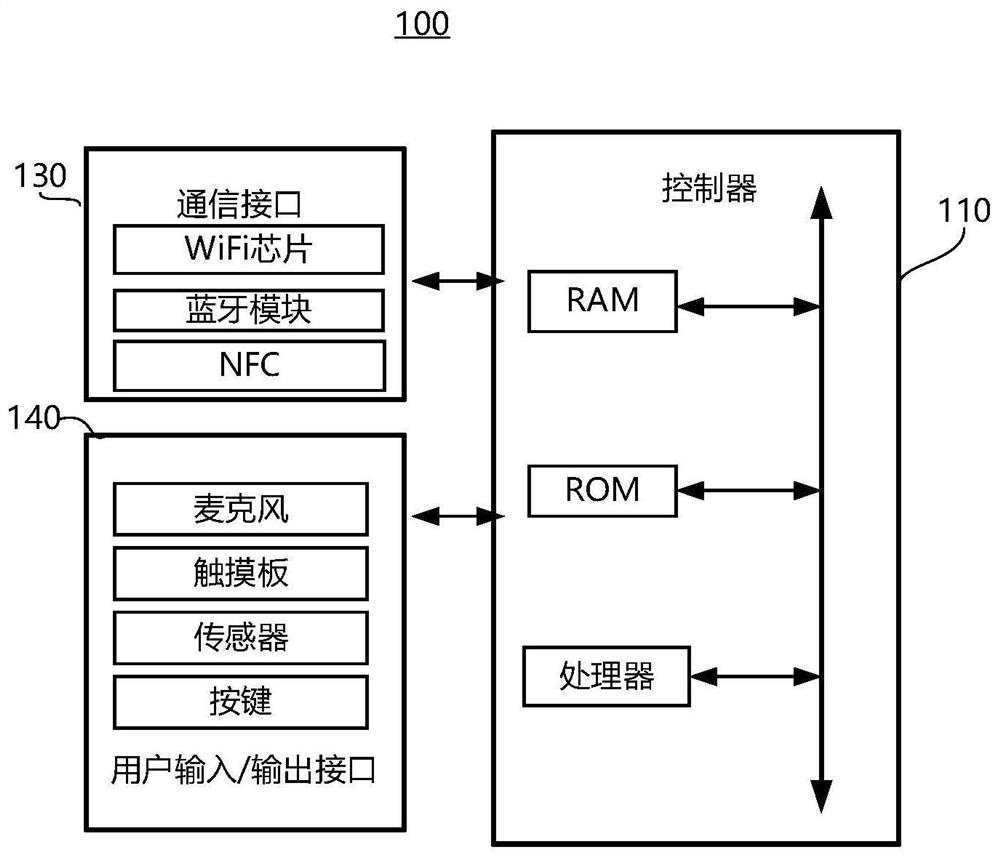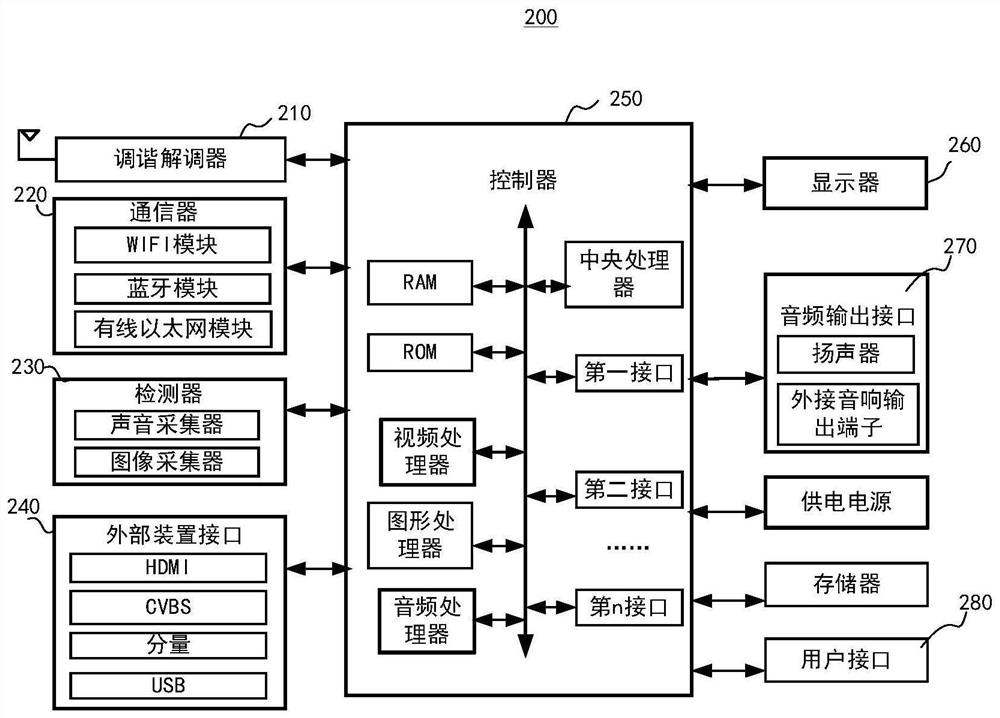Backlight adjusting method and display equipment
A display device and backlight adjustment technology, applied in static indicators, instruments, etc., can solve the problem that the display device cannot adjust the backlight brightness, and achieve the effect of ensuring the user experience and meeting the needs of use.
- Summary
- Abstract
- Description
- Claims
- Application Information
AI Technical Summary
Problems solved by technology
Method used
Image
Examples
Embodiment Construction
[0037] In order to make the purpose and implementation of the application clearer, the following will clearly and completely describe the exemplary implementation of the application in conjunction with the accompanying drawings in the exemplary embodiment of the application. Obviously, the described exemplary embodiment is only the present application. Claim some of the examples, not all of them.
[0038] It should be noted that the brief description of the terms in this application is only for the convenience of understanding the implementations described below, and is not intended to limit the implementations of this application. These terms are to be understood according to their ordinary and usual meaning unless otherwise stated.
[0039] The terms "first", "second", and "third" in the description and claims of this application and the above drawings are used to distinguish similar or similar objects or entities, and do not necessarily mean limiting specific sequential or...
PUM
 Login to View More
Login to View More Abstract
Description
Claims
Application Information
 Login to View More
Login to View More - R&D
- Intellectual Property
- Life Sciences
- Materials
- Tech Scout
- Unparalleled Data Quality
- Higher Quality Content
- 60% Fewer Hallucinations
Browse by: Latest US Patents, China's latest patents, Technical Efficacy Thesaurus, Application Domain, Technology Topic, Popular Technical Reports.
© 2025 PatSnap. All rights reserved.Legal|Privacy policy|Modern Slavery Act Transparency Statement|Sitemap|About US| Contact US: help@patsnap.com



